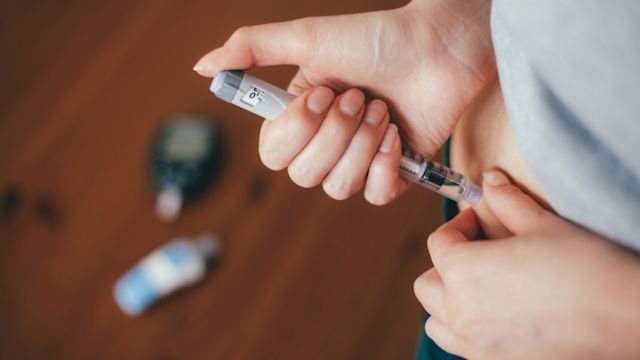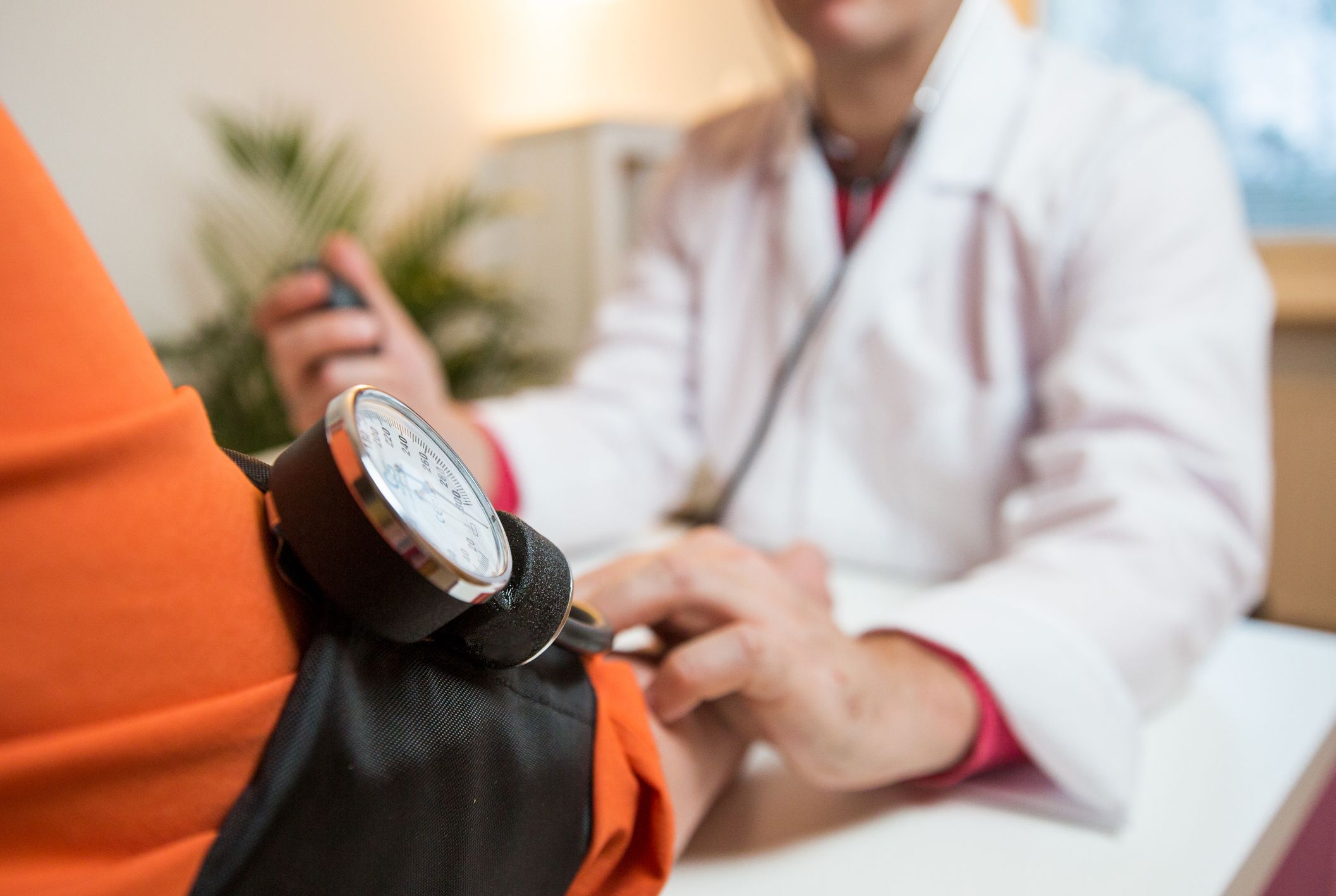Updated on May 14, 2025
Insulin injections are a common treatment for diabetes. All people with type 1 diabetes require insulin, and subcutaneous injections are the most common method of administration. Insulin is also used to manage many cases of type 2 diabetes, the more common form of the condition (between 90 and 95 percent of diabetes cases are type 2). Over 12 percent of adults ages 20 and over start insulin therapy within a year of a type 2 diabetes diagnosis.
However, not everyone with type 2 diabetes takes insulin, and not every injectable medication is insulin. Below is a look at how insulin and non-insulin injectables work to treat type 2 diabetes.
Before getting into specifics, it should be mentioned that all of these medications are meant to be used alongside diet, exercise, and other lifestyle recommendations from a healthcare provider.
How insulin treats T2D
A non-insulin injectable medicine is exactly what it sounds like—a type 2 diabetes medication that does not contain insulin, that is given as an injection.
To understand how non-insulin injectable medicines work, it helps to quickly review how insulin works.
Insulin is a hormone made by the body, produced by the pancreas. Insulin gets released into the bloodstream, where it helps move molecules of blood glucose (blood sugar) into cells. Blood glucose is the body’s primary source of energy. Cells throughout the body require glucose in order to function.
If there is not enough insulin or the body is insulin resistant (which means it cannot effectively use the insulin that is available), too much glucose remains in the blood instead of moving into cells. This is what happens when a person has prediabetes or type 2 diabetes, and what is happening when a person has high blood sugar. Blood glucose levels that remain too high for too long (called hyperglycemia) will damage the body.
Insulin injections add more insulin to the blood, helping more glucose move out of the bloodstream and into cells and lowering the amount of glucose in the blood. There are numerous types of insulin medications, which contain different dosages and release those dosages into the body at different speeds.
How non-insulin injectable medications treat T2D
Most non-insulin injectable medications are GLP-1 agonists. GLP-1 stands for glucagon-like peptide-1, a hormone released by the intestines when food is consumed. Agonists are drugs that mimic the action of a naturally occurring hormone and create a similar response in the body.
GLP-1 agonists help control diabetes through a number of mechanisms:
- Triggering the release of insulin from the pancreas.
- Reducing the release of another hormone called glucagon. Glucagon raises blood glucose levels and helps prevent blood glucose levels from dropping too low.
- Slowing “gastric emptying,” or how long food stays in the stomach.
- Improving “satiety signaling,” or hunger signals sent to the brain, helping a person feel full for longer.
- Increasing the number of pancreatic beta cells (insulin-producing cells in the pancreas) by reducing beta cell death and promoting the formation of new beta cells.
Some GLP-1 medications are also used to treat overweight and obesity, helping promote weight loss. Weight loss is a goal for many people living with type 2 diabetes, as losing weight can help improve blood glucose control and reduce the risk of complications.
There are multiple injectable GLP-1 medications available, which vary in dosages, how often they need to be injected, and potential other health benefits, like reducing the risk of cardiovascular problems. Some people may tolerate one type better than others.
GLP-1/GIP receptor agonists
GLP-1 is not the only hormone that triggers the release of insulin when a person consumes food. Several hormones play a role in this response. Another is glucose-dependent insulinotropic polypeptide (GIP). Together, GIP and GLP-1 account for up to 70 percent of the insulin response that occurs after eating.
There are also dual action drugs that act on both GLP-1 and GIP receptors. A receptor is a part of a cell that binds to a specific substance. When a substance (like a GIP agonist drug) binds to a receptor, it triggers a response from that cell (in this case, the release of GIP). This has a complementary effect in improving blood glucose control.
Amylin analog
Amylin is another hormone that helps regulate blood glucose and appetite. There is an amylin analog that is taken as an injection. This drug helps control glucagon release and hunger signals, to improve blood glucose control and help a person feel more full after eating.
Choosing a medication
Remember, there is no single best medication for treating type 2 diabetes, only the medication that works best for a particular person. Different people have different treatment needs. Treatment plans can change over time. Your healthcare provider will be your best source of information.






